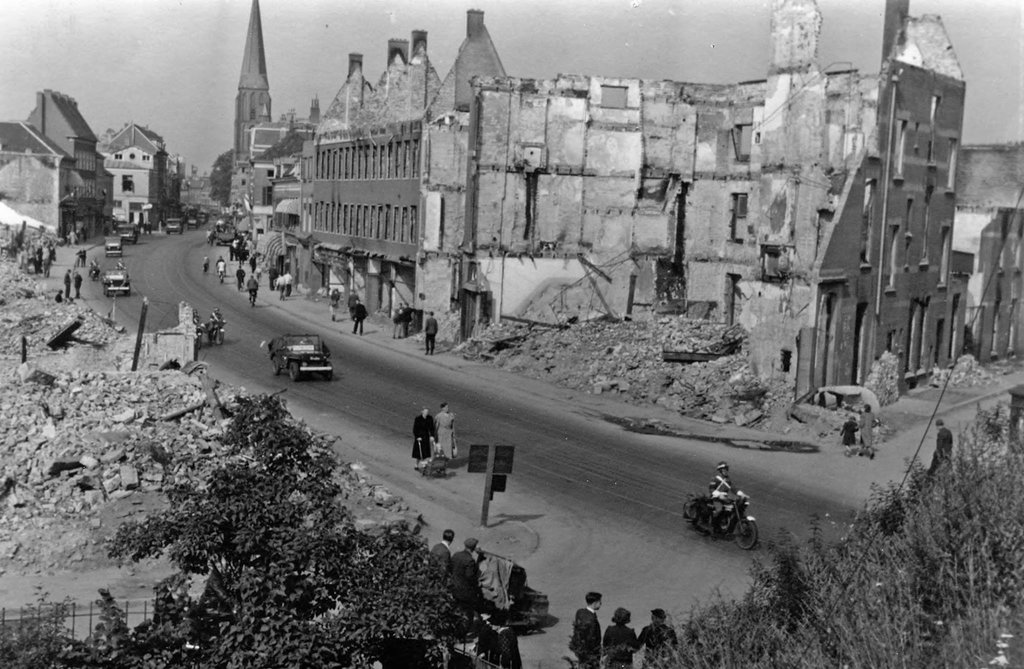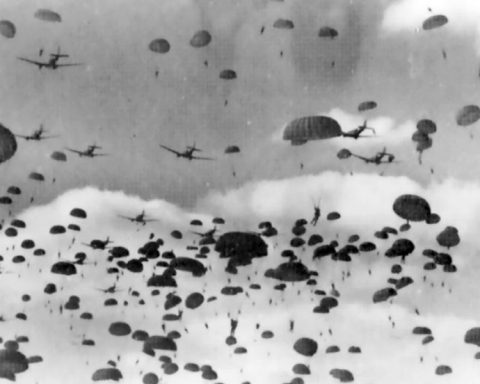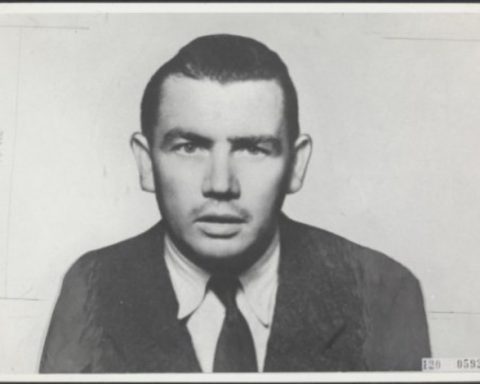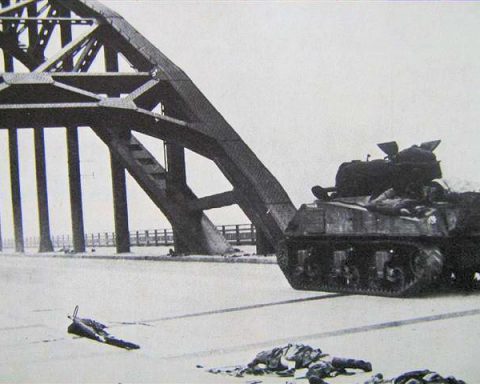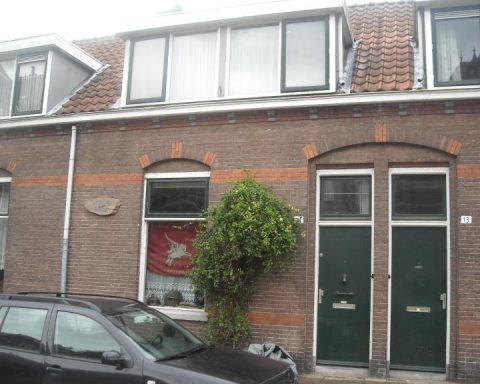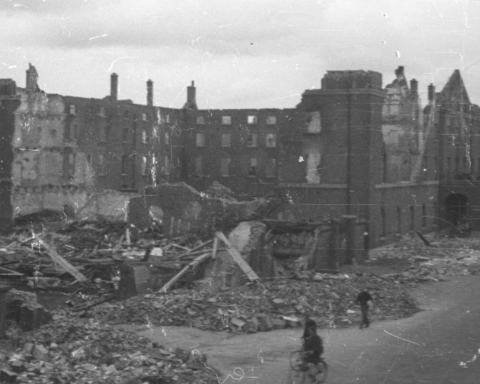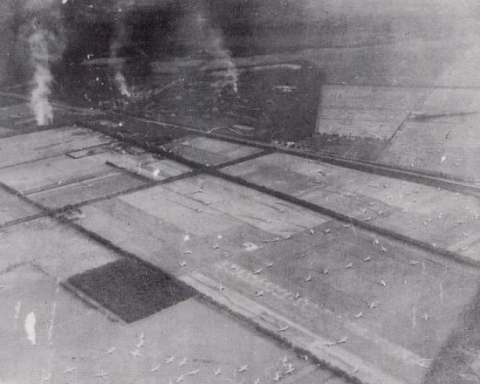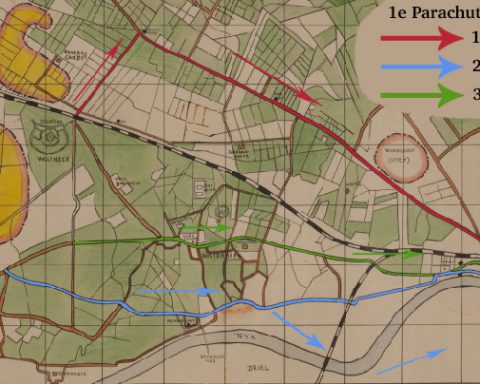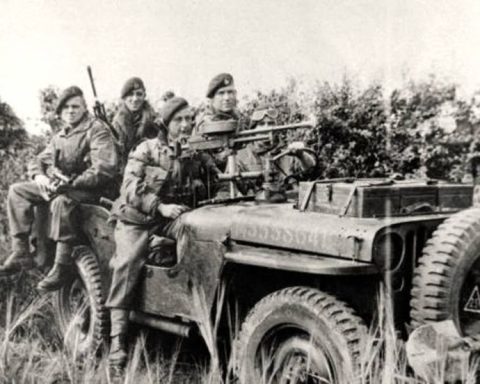There are still many myths circulating about the Battle of Arnhem for so many decades afterwards. One of those myths is that Arnhem suffered the greatest war damage during the fighting between the English and Germans in September 1944.
The myth that the fights during the Battle of Arnhem were responsible for the destruction arose immediately after the Second World War. And it was a logical thought.
Arnhem was evacuated on Monday September 25, 1944. Although the Rhine Bridge in Arnhem was already firmly in German hands at that time, there was still heavy fighting in Oosterbeek and south of the Rhine. Arnhem was still relatively undamaged at the time.
The houses around the Rhine Bridge that were occupied by John Frost’s men, had been destroyed. The Eusebius church and the Walburgis church were burnt out. Some military targets had been bombed and houses around the hospital on Utrechtseweg had been damaged.
All in all, most of the city was still standing.
But when the inhabitants of Arnhem returned after the liberation in 1945, they returned to a city where only 500 houses had remained undamaged. The notion that the major war damage had occurred during the fighting was an obvious conclusion.
But it was a wrong conclusion.
Bombing
Only in the years after the liberation did it become clear what had happened in the city during the evacuation of Arnhem.
Part of the destruction of Arnhem took place after the Allies lost the Battle of Arnhem. Now that the Rhine Bridge was out of the picture for the Allies, it was decided to bomb the bridge so that the Germans could not use the bridge to send tanks and other heavy weapons in the direction of Nijmegen.
On October 6, 1944 the first allied bombs were dropped around the Rhine Bridge. But the bombing failed. Most of the bombs were dropped on the inner city. Although the bridge itself was heavily damaged, it could still be used by the Germans.
Therefore, on October 7, bombers were again sent to Arnhem to finish the job. This time it was a hit. As a result of several direct hits, the bridge was broken up and mostly disappeared under water.
But the city center was also hit hard during the second bombing.
Artillery shelling
However, the greatest damage to buildings in Arnhem did not occur until April 1945 at the Liberation of Arnhem. The Allies had no idea how many German soldiers were stationed in Arnhem to defend the city.
The Allies’ attack was therefore preceded by a massive artillery bombardment on the city. It was one of the toughest artillery barrages carried out by the Canadian Polar Bears Division, responsible for the liberation of Arnhem, during World War II.
Because the city had been evacuated, the Canadians did not have to consider the civilian population. Any person who fell would be a German soldier. And so the Canadians had a blast.
A single Canadian battery of eight guns could fire over 600 shells at the city in ten minutes. The Canadian artillery bombardment of the city lasted more than two hours. In addition, planes were also used to target the Germans present in the city.
The damage from the artillery bombardment in the city was immense. Not only around the center, but also in other neighborhoods. The artillery shelling was largely superfluous. Fewer German troops appeared to be stationed in Arnhem than what the Allies had feared.
Reconstruction
With some cynicism you can say that the destruction of Arnhem happily continued during the reconstruction after the war had ended. Under the leadership of the energetic mayor Matser, one plan after another was devised to Make Arnhem Resurrect.
Buildings that survived the war, but that got in the way of the reconstruction plans, were demolished without mercy.

